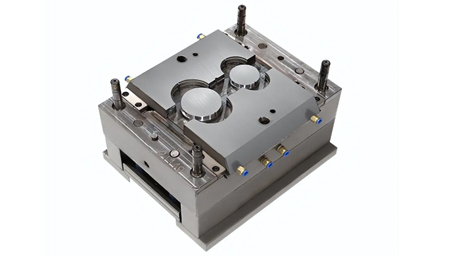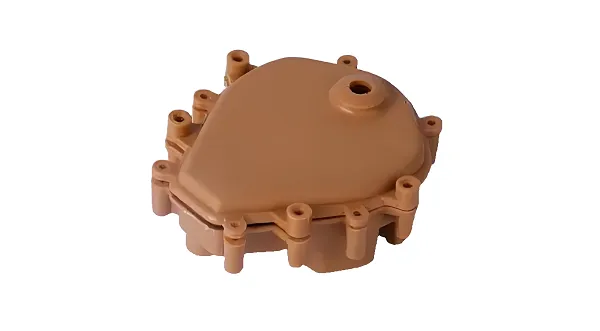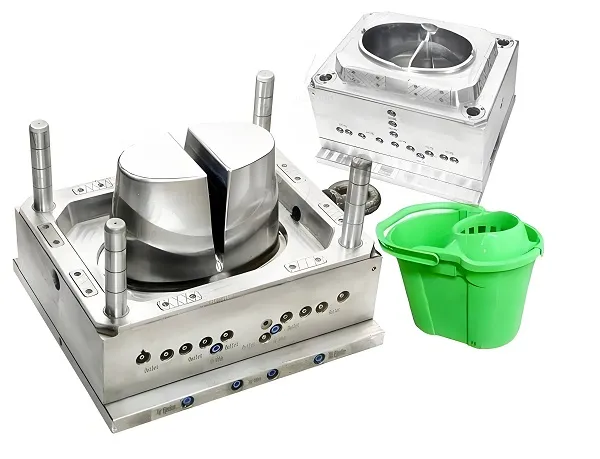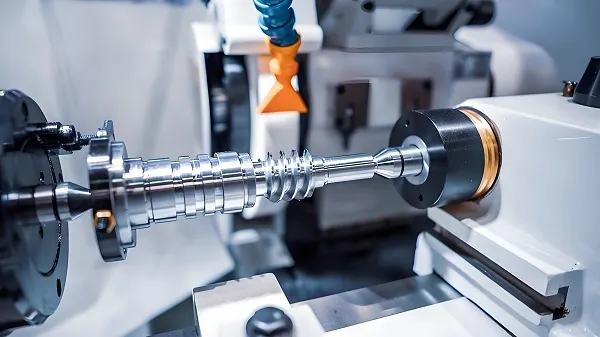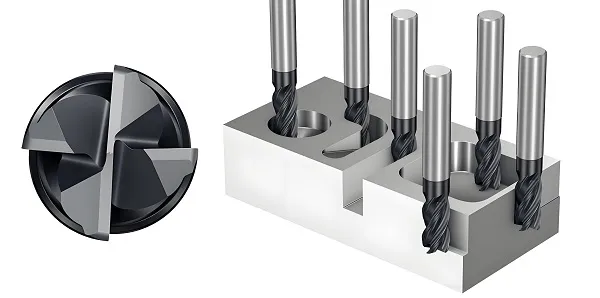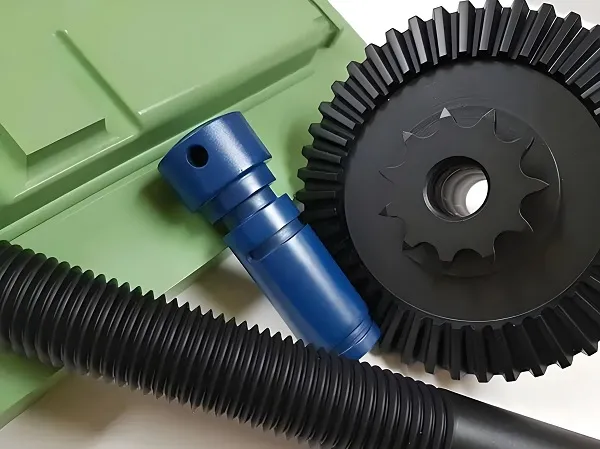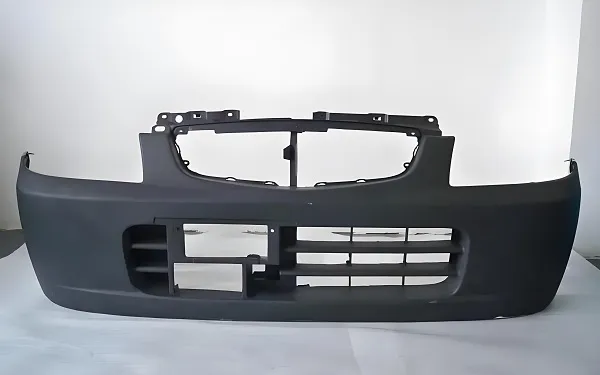The Hidden Physics Behind Precision
1. Material Memory Erasure
Advanced molders now deploy dielectric relaxation spectroscopy to neutralize polymer “memory” effects—a critical breakthrough for optical components requiring <10 nm surface waviness. By applying 200-400 MHz electromagnetic pulses during cooling, we achieve:
- 92% reduction in post-molding shrinkage anisotropy
- 63% decrease in birefringence for PMMA lenses
- 0.02 mm/m dimensional stability over 50 thermal cycles
2. Turbulent Flow Domestication
Micro-scale cooling channels (Φ0.5-1.2 mm) with engineered surface roughness (Ra 3.2-6.3 μm) create controlled turbulence (Re 2300-4000), delivering:
Cooling Efficiency = 1 – e^(-0.05·v·t)
Where v=flow velocity (m/s), t=cooling time (s)
This yields 18-22% faster cycle times versus conventional laminar flow systems.
The Customizer’s Playbook
1. Short-Run Economics Decoded
| Metric | Traditional Tooling | Hybrid Solution |
|---|---|---|
| Break-even Quantity | 50,000 units | 8,200 units |
| Per-part Cost @10k | $1.85 | $0.97 |
| Mold Changeover | 96 hours | 45 minutes |
| Achieved through conformal cooling + modular inserts using DIN 16901 standards |
2. Warpage Warfare Tactics
For thin-wall medical components (0.15-0.3 mm):
- Residual Stress Mapping: 32-point strain gauge arrays
- Compensation Algorithm:
ΔZ = 0.12·e^(0.07T) – 0.33ln(t)
Where T=mold temp (°C), t=packing time (s)
Reduces flatness deviation to ≤0.08 mm/m
The Silent Game-Changers
1. Gas-Assisted Geometry Hacking
Innovative gas channel designs enable:
- 15:1 aspect ratio ribs in automotive components
- 0.6 mm wall thickness for aerospace connectors
- 80% material reduction in structural parts
2. Surface Topography Engineering
Biomimetic textures (15-50 μm scale) combine:
- Lotus leaf-inspired non-stick patterns
- Shark skin drag-reduction microfeatures
- Gecko foot adhesion control structures
Resulting in 22% lower ejection forces for microfluidic devices
When Precision Meets Practicality
The true test of molding expertise lies not in chasing tenths of a second in cycle time, but in mastering the art of controlled imperfection. Recent field data reveals an intriguing paradox: components with intentionally designed 5-15 μm directional surface textures demonstrate 40% better long-term dimensional stability than mirror-finish parts. This emerging understanding of “functional roughness” exemplifies the industry’s maturation—from brute-force precision to intelligent imperfection.
As tooling specialists push boundaries in asymmetric cooling strategies and metamaterial-based mold steels, they’re rewriting the rules of what constitutes manufacturability. The next frontier? Mold surfaces that actively respond to material flow, like living skin adapting to environmental changes—a concept transitioning from lab curiosity to production reality.

